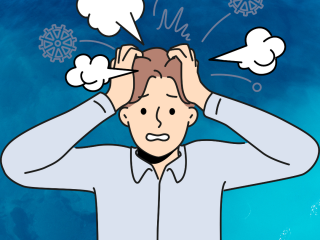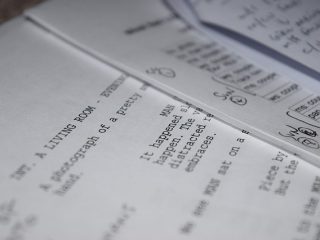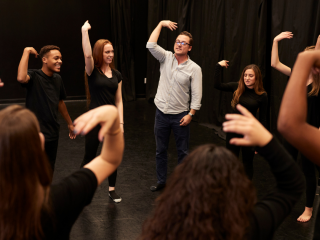If you’ve ever taken an acting class, you’ve probably heard about actions, sometimes called tactics. They’re the lifeblood of interesting acting, and they help make scenes and monologues more dynamic and compelling. But, it can get confusing. What exactly do we mean by actions or tactics? What makes a good tactic? And how can you use them practically in a performance?
Lights, Camera, Action
You may be wondering just what a tactic is. Characters usually want or need something, and it’s that want that drives them to do what they do. This want or need is usually called the objective. But it isn’t enough to just want or need something, a character has to do something to get it. What they do to try to get their objective is the action, or tactic. Once you’ve figured out what your character needs, you can then start to play with tactics. Tactics add the dramatic flair to scenes and make characters more dimensional and compelling. In other words, they activate your acting.
Good Tactics
Beginning actors often fall into traps when it comes to choosing good tactics. A good tactic will almost always be a verb – something that your character can actively do, ideally to another person. For example, your character may want another character to loan some money. Your character could cry or yell, but those aren’t good tactics because you’ll be playing an emotion. And, there’s only so much you can do with crying or yelling before it gets too static and one-note. But you could threaten, taunt, beg, flirt, flatter…those words are all much more evocative and give you a lot more to work with. After all, there are different ways of begging or taunting that you could play with.
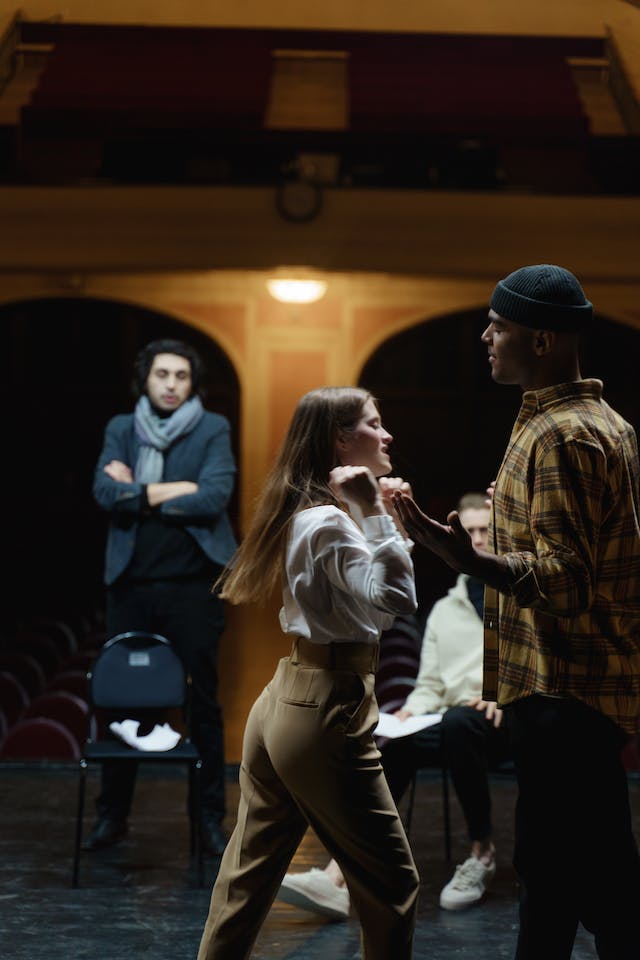
The strongest tactics will usually be those that you can sustain for at least a few minutes in a scene. Physical actions like “to hit” or “to kiss” generally don’t make strong tactics because they can’t be sustained. However, you could use tactics like “to hit” in a figurative sense. Have you ever tried to slap someone or hug someone with your words? Image-based tactics can be very evocative and powerful ways to discover new dynamics to a scene.
Keep It Positive
You should identify your tactics through the eyes of your character and be mindful about your specific word choice. Most people, for example, don’t think that they’re “nagging”, they would say that they’re “pushing” or “asserting”. You’ll want your tactics to be framed in a positive light from your character’s point of view. Would your character say they were “insulting”? More likely, they’d say something like “teasing” or “admonishing”.
You may notice earlier I said that tactics are what characters do to try to achieve their objective. Emphasis on try; it doesn’t matter whether they’re successful or not (that’s up to the playwright anyway), but a character always has to commit 100% to their tactics as though they will be successful. If the character didn’t believe that they’d succeed, why would they care?
Switch It Up
Even a good tactic will start to get stale after a while. To keep a scene dynamic and compelling, find a variety of tactics that your character uses throughout a scene. In real life, when our tactics don’t work, we try another one. Characters are the same way. Be careful, though – you don’t want to switch just for the sake of switching. Find organic moments in the script where a new tactic would make sense. In general, look for shifts in your character’s emotions or thoughts. If a topic of conversation changes, that might also indicate a good place for a new tactic to emerge.
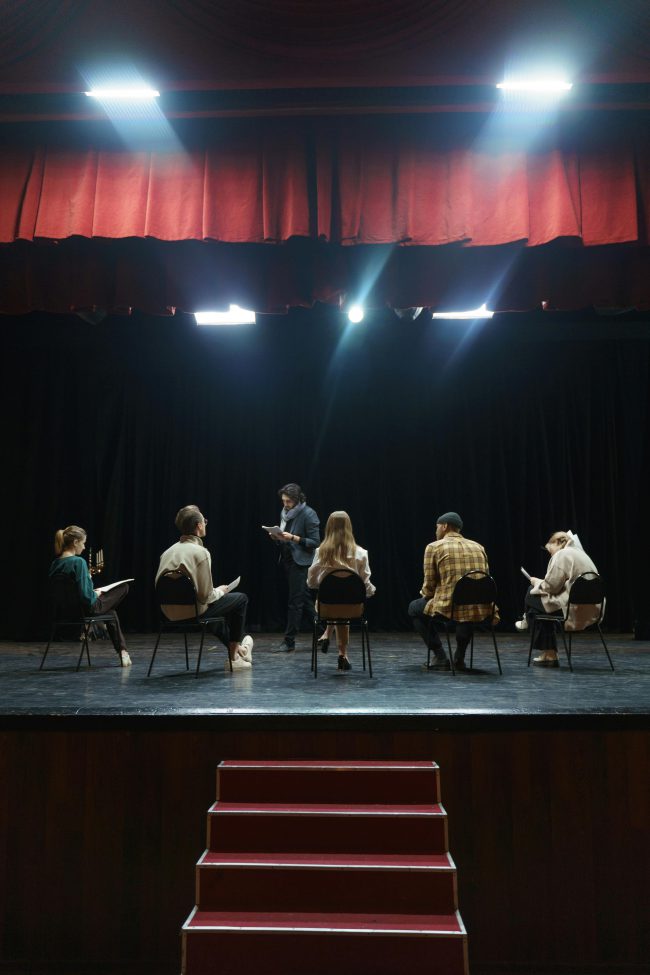
Using Tactics
So what does all this look like in a practical sense? In performance, your energy should be directed towards the tactic because ultimately, that’s what the scene is about and that’s where your acting’s lifeblood will come from. Many actors fall into the trap of thinking about a scene through the lens of emotions. Yes, it’s important to understand your character’s emotional arc, but you don’t want to simply act sad or mad or happy. That leads to a one-dimensional performance. Once you’ve done your acting homework, all you need to focus on in rehearsal and performance is playing the tactics you chose. You may start playing a scene with a certain tactic and then discover that it doesn’t feel quite right.
Above all, remember that all your tactics should be grounded in the script. You don’t want to choose random tactics that don’t make sense in the circumstances of the scene or use tactics that go against the character.
Tactics are one of the most powerful tools in an actor’s arsenal. Like any other acting skill, it takes practice to identify strong tactics and play them in a scene. But once you start applying them, you’ll find that your acting really comes to life!



